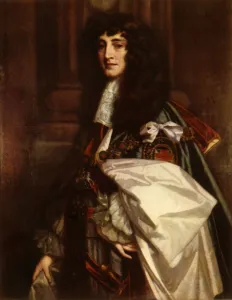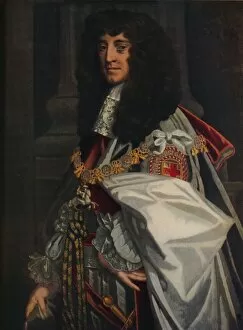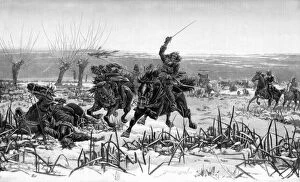Ruprecht Pfalzgraf Bei Rhein Collection
"Ruprecht Pfalzgraf bei Rhein: A Prince's Legacy Through Time" Prince Rupert, also known as Ruprecht Pfalzgraf bei Rhein
All Professionally Made to Order for Quick Shipping
"Ruprecht Pfalzgraf bei Rhein: A Prince's Legacy Through Time" Prince Rupert, also known as Ruprecht Pfalzgraf bei Rhein, was a prominent figure in history during the 17th century. Born in 1619 and passing away in 1682, he left an indelible mark on various aspects of society. One notable portrayal of Prince Rupert is captured in the painting "The Great Executioner with the Head of Saint John the Baptist" from 1658. This artwork showcases his enigmatic persona and reflects his involvement in political affairs. Another depiction of Prince Rupert can be seen in a c1665 portrait where he exudes regality and confidence. The artist remains unknown, but their skillful rendering immortalizes this influential prince for generations to come. The Battle of Edge-hill holds significant historical importance, and Prince Rupert played a pivotal role during this conflict. An illustration from the late 17th century by Michael Vandergucht depicts him leading troops into battle, showcasing his strategic prowess. Prince Rupert's House stands as a testament to his legacy even today. Whether it is the Barbican residence captured around 1872 or its remains documented throughout different time periods such as 1800 or even earlier like 1810; these structures symbolize his presence within London's cityscape. A letter penned by King Charles I to his nephew Prince Maurice reveals their close familial bond during tumultuous times. Dated September 1645, this correspondence serves as evidence of both personal connections and political alliances that shaped Europe at that time. As we explore these glimpses into Ruprecht Pfalzgraf bei Rhein's life through art and architecture spanning centuries, we are reminded of his multifaceted nature – from military leader to statesman – leaving an enduring imprint on history itself.




















